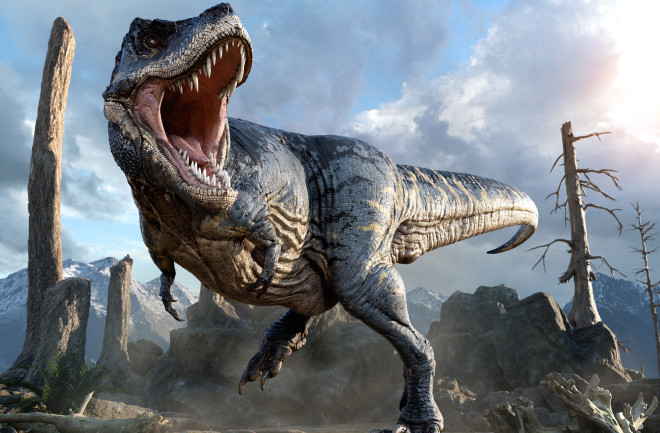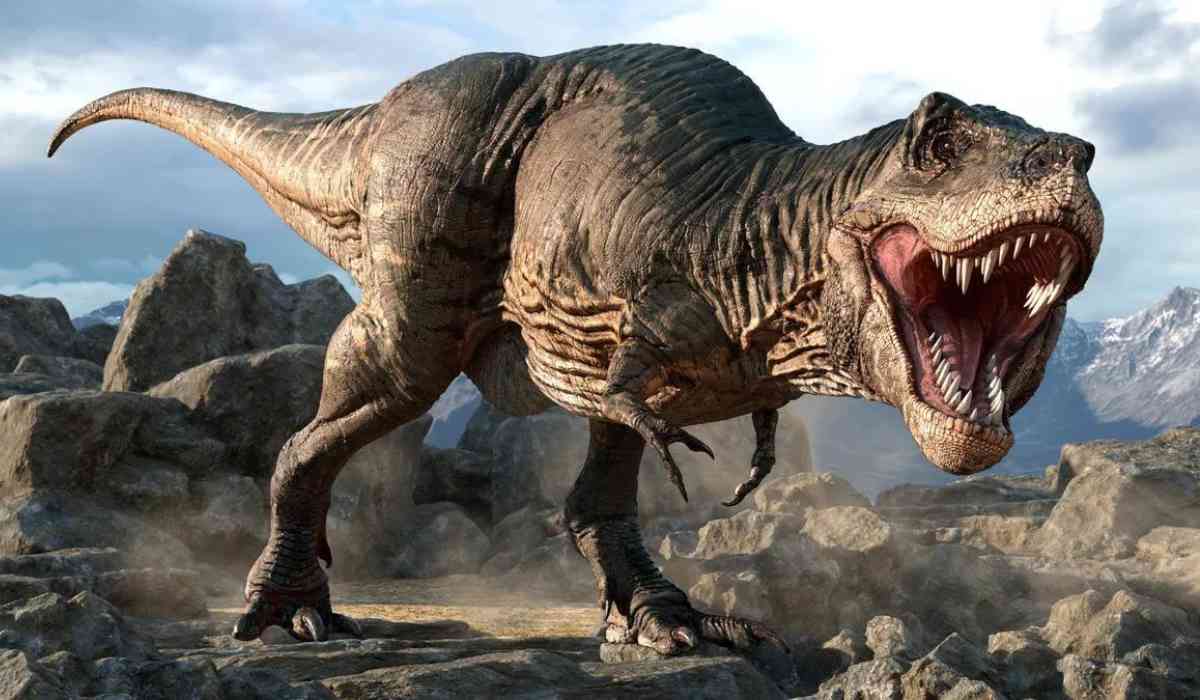
Tyrannosaurus Rex, also known as T-Rex, is one of the most famous and iconic dinosaurs ever. It is a large, bipedal predator that lived around 68 to 66 million years ago during the late Cretaceous period.
According to a new study, Tyrannosaurus rex was as intelligent as it was muscular.
The paper's sole author, Herculano-Houzel, deduced how the number of neurons scales with increasing brain mass from data on living birds and modern reptiles.
She then extrapolated to figure out how many brain cells T. rex might have had in its telencephalon, or cerebrum, the more developed part of the brain. This section of the animal's neural anatomy, which has two hemispheres, is responsible for the animal's cognition, among other things.

According to Herculano-Houzel's estimation, the brain of the T. rex, which weighed 343 grams (12 ounces), contained approximately 3 billion neurons. More than the baboon population. Her calculations indicated that the 73-gram (2.5-ounce) brain of Alioramus, another theropod dinosaur, contained approximately 1 billion cerebral neurons, comparable to those of a capuchin monkey.
One study in 2020 revealed that T-Rex had a large olfactory lobe in its brain, which is associated with a heightened sense of smell. This suggests that T-Rex had a highly developed sense of smell, which would have been useful for hunting.
Another study in 2021 showed that T-Rex had a large optic lobe in its brain, which is associated with visual processing, indicating that T-Rex's vision was also highly advanced. T-Rex also had a large brain relative to its body size, characteristic of highly intelligent animals.
Additionally, scientists have suggested that T-Rex may have been able to hunt in packs and had a complex social structure. This would have required a high degree of coordination and communication among individuals.
© Vygr Media Private Limited 2022. All Rights Reserved.
























